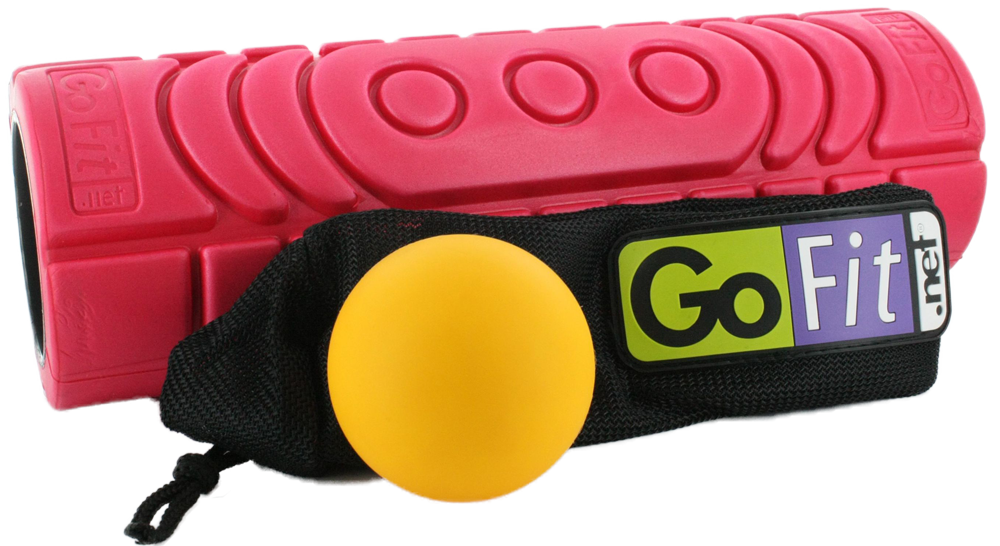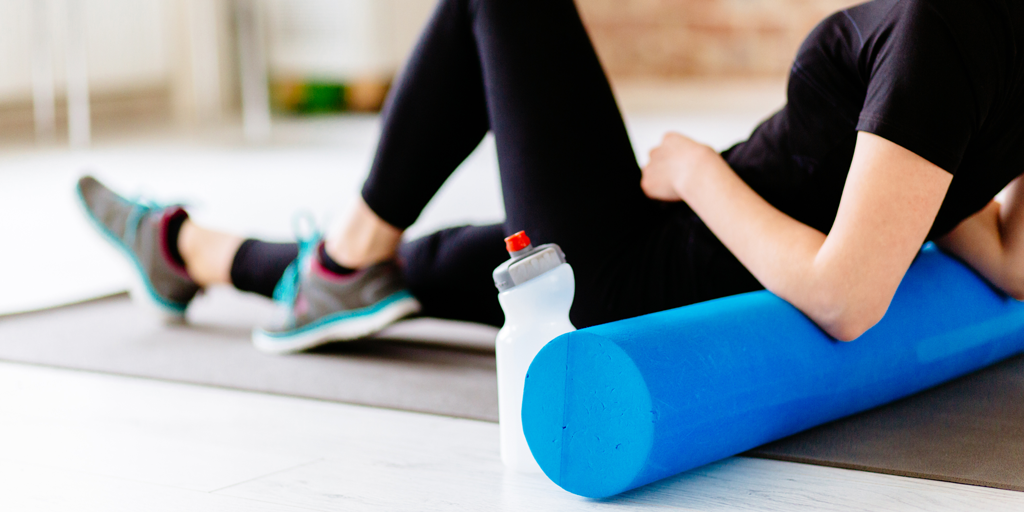Foam Rolling: What’s It All About?
These days, it’s likely that you’ve seen or heard of a foam roller. No longer just a simple foam tube, foam rollers now come in various densities and different compositions. While it can feel like a chore to use a foam roller on your muscles, you might feel much more relaxed afterwards!
But how does it work?
Why do we foam roll?
Our muscles come in multiple fibres banded together, and the fascia is the connective tissue that holds and stabilize the different muscle fibres together. When you engage in a lot of physical activity, strenuous forces cause muscle break down, so they are constantly repairing themselves.
Over time, it is common to have tightness build up in the musculature and fascia. This happens because the fibres shorten and contract to protect itself from further damage. When nothing is done to relieve pressure, muscle knots – or trigger points – can develop. This affects not just the range of motion, but also the full function of the muscles.
Typically, the advice we’re given is to stretch, but then there’s massage therapy – another type of treatment in itself.
How foam rolling works
Foam rolling is sometimes called a self-myofascial release (SMR), or in simple words, a self-massage. The goal of foam rolling is to loosen up tight fascia and muscles by eliminating scar tissue and stretching it out. Along with stretching, foam rolling helps muscles get back in tip-top condition. (Mohr, et al. 2014).
Understandably, a registered massage therapist would be able to target specific areas for you and an assessment that would tell you if there be any underlying conditions to be aware of. But a foam roller is an easy tool to own that will assist with general muscle recovery at home.
If you have any questions about a routine for foam rolling, we recommend seeking the advice of a physiotherapist.
Precautions for foam rolling
While foam rolling has its benefits, it is important to do it properly so you reduce the chances of injuring yourself.
1. Avoid areas where you are feeling pain
This may sound counter-productive at first, but adding pressure to an area that is already injured can increase the risk of worsening the injury.
To be sure you don’t make your injury worse, you should be rolling around the area, as the surrounding tight musculature is the culprit. For example, if you are using a foam roller and have IT band syndrome, you don’t want to roll out the knee. You want to roll out the lateral thigh.
Remember to roll out muscle groups and not bony sites such as the shins or joints.
2. “No pain, no gain” is not the right mentality
Foam rolling is not about seeing how much pain you can inflict and focussing on the area for as long as possible.
The goal of foam rolling is to control how much pressure you need to put on your muscles while checking in with how that feels. Rolling too hard and focussing on one muscle group for too long would potentially cause tissue damage and even irritate the nerves.
Instead, start lightly and then work your way up to 60-70%. You should be rolling about 20 – 30 seconds per muscle group, for two to three sets.
3. Maintain good form
Foam rolling requires quite a bit of room, so make sure your space is big enough for you to achieve all the correct positions.
Sometimes rolling out bigger muscle groups require a bit of balance, and you might have to use your arms to support your weight on the roller.
If you are unstable and feel that you can’t control the movement, make sure you have another contact point, like another foot on the ground.
Rolling products at Kintec
At Kintec, we carry the GoFit Go-Roller Travel Foam Roller. It comes with a One GoFit Myofascial Release Ball, GoFit training media and a mesh carry bag – making it perfect for travelling or foam rolling on the go.

GO FIT 12″ GO ROLLER
Features:
- Perfect for travel and on the go athletes
- 4″ diameter x 12″ length
- Varied pattern offers deep tissue massage
- Dense, closed-cell foam offers a soft touch, while the rigid core provides firm, long-lasting support
- The open core design allows for both core strength and massage applications.
In addition to foam rollers, there are also various products to allow point pressure massages and target smaller muscle groups. Feel free to drop by your nearest Kintec location or go to our website to see what we have to offer!
Mei Poon
Canadian Certified Pedorthist, Kintec Richmond
Citations

Sorry, the comment form is closed at this time.